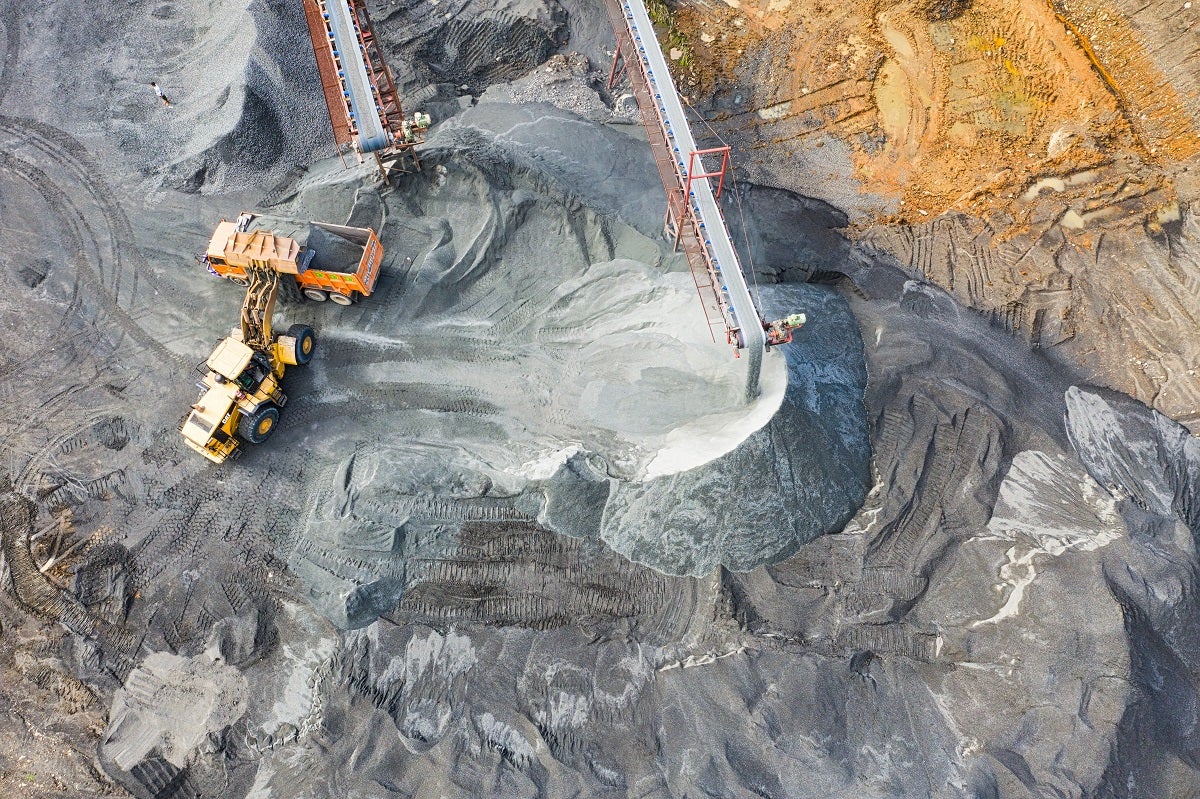
Mining industry operations and technologies multinationals are far more likely to establish subsidiaries in Asia-Pacific than the average multinational company according to analysis of GlobalData’s exclusively compiled subsidiary database.
Companies establish subsidiaries for a variety of reasons: they can allow them to expand into profitable new markets, to increase revenue, and to diversify their holdings to better manage risk. As a vital component to a company’s expansion plans, the establishment of a subsidiary can offer insight into investment trends, with our database allowing you to see these investment patterns on a wider, sector level.
GlobalData’s multinational company database – which can be viewed in full on our sister site Investment Monitor – contains information for 2,188 of the world’s top multinational companies (MNCs) by revenue. Of these MNCs, 55 are in the mining industry operations and technologies industry, representing 2.5% of the companies in our database.
These mining industry operations and technologies companies are less likely than average to establish subsidiaries in Western Europe (26.2% vs 36.8%) and are more likely to establish them in Asia-Pacific (32.6% vs 21.4%).
Overall, the 55 mining industry operations and technologies MNCs in our database operate 5,250 subsidiaries. This comes to an average of 95.5 subsidiaries per company, compared to an average of 99 for the entire database of 2,188 companies. It should be noted, however, that the number of subsidiaries is by no means evenly distributed within the sector. The most common number of subsidiaries for an MNC in the sector (the mode) is 17, while the median comes in at 40, indicating that the simple average is skewed heavily by the bigger parent companies.
Germany-based ThyssenKrupp AG has the largest number of subsidiaries among the mining industry operations and technologies sector MNCs within our database with 453. This means it ranks in 97th place across our entire database when measured by the total number of subsidiaries.
Where has ThyssenKrupp AG established subsidiaries?
ThyssenKrupp AG’s subsidiaries are distributed across the world with 49% of the total located in Western Europe, the highest for any region. Some 107 of ThyssenKrupp AG's subsidiaries are located in its home country of Germany, while the US was the second most popular destination with 30.
After ThyssenKrupp AG, Rio Tinto had the second largest number of subsidiaries within the mining industry operations and technologies industry MNCs in the database with 421, while Caterpillar Inc was third with 398 and Anglo American Plc was fourth with 365.
Where has Rio Tinto established subsidiaries?
Overall, 1,406 of the subsidiaries owned by the mining industry operations and technologies MNCs in the database were located in the same country as the parent company was headquartered. This meant that MNCs in the sector were less likely than average to have a preference for domestic subsidiaries at 26.8%, with the figure for the entire database standing at 45.7%.
Methodology
GlobalData has compiled a list of top MNCs based on revenue. Any top companies that did not have a subsidiary were removed from the list. The latest company annual reports (2019 and 2020, where available) and websites were analysed for a total of 2,188 companies. For a subsidiary to be included, the parent company had to have a majority ownership/control in the subsidiary. Affiliates, associates, joint operations and joint ventures were included as long as the ownership criteria was met. Subsidiary information was captured at a country level. Country names were standardised. In total, 216,898 subsidiaries were captured.



